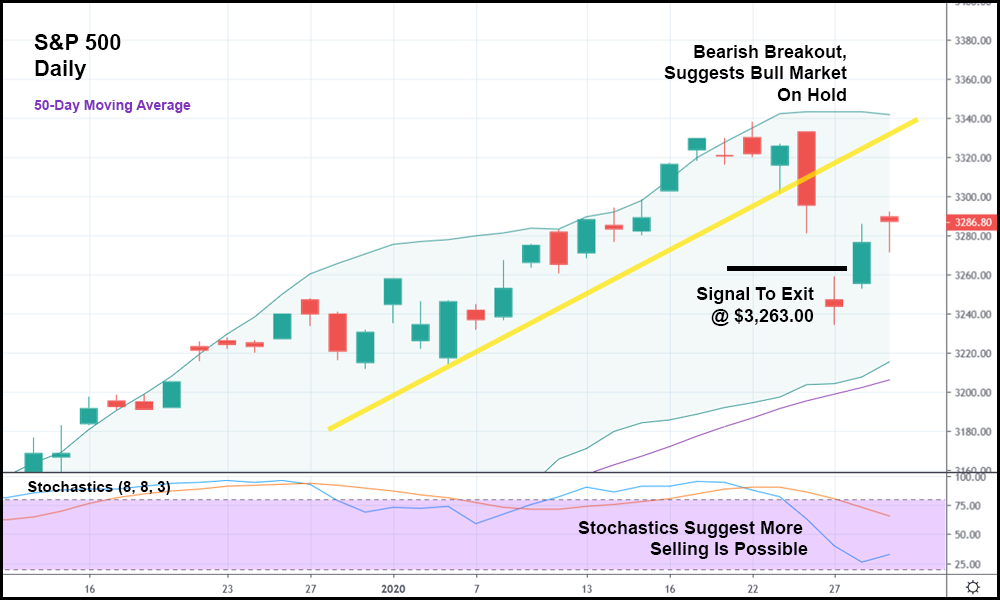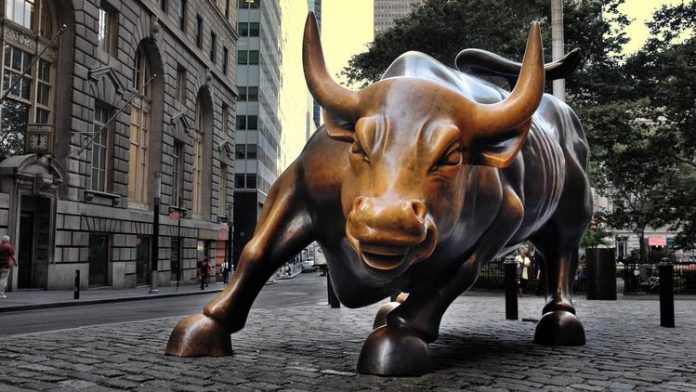The Federal Reserve is holding rates steady.
That’s the story today for optimistic bulls.
But for the realistic investors out there, something far more important is going on; the Wuhan coronavirus has reached SARS-like levels.
France just confirmed its fifth infection – the daughter of an 80-year-old man who’s already hospitalized with the virus. Over 6,150 people have contracted it worldwide. 132 have died.
Still, the market ticks ever higher, even though this afternoon’s gains are far more muted than yesterday’s. The S&P, Dow, and Nasdaq Composite are up 0.20%, 0.25%, and 0.20%, respectively.
In other words, stocks appear to be running out of steam.
And based on what we observed during Monday’s major drop, there could be far more selling before any sort of recovery takes place. Equities have fallen well outside of their normal trading range. Another drop could spell disaster for the non-stop bull market.
Especially if nervous traders – many of whom are looking for a reason to “get out” – decide to pull the plug on their long positions.

In the daily candlestick chart above, you can see that the S&P 500 plummeted two days ago after investors learned about the severity of the coronavirus. And one nervous session before that, the index actually dropped below its long-term bullish trend (represented by the yellow trendline).
Typically, whenever that happens with a stock we’re long on, we would typically look to get out below the low of the breakout candlestick. If a lower low was recently set, we’d look for a setup to go short.
In the S&P 500’s case, there’s no lower low, meaning there’s no short setup. There is, however, a trigger to sell at $3,263. On Monday, the index actually opened below that level.
As a result, we exited a long position on the S&P 500 that was entered back in mid-October.
Yesterday, the market rose above our trigger point. Today, it’s struggling to stay afloat. And whether it descends further or chops sideways around the current price, one thing is certain:
We do not have a setup to re-enter the S&P 500 any time soon. In order for that to happen, the index would have to surpass its all-time high price set last week – something that doesn’t seem likely given the circumstances.
For that reason, going long on stocks closely correlated with the general market might not be a good idea.
The Wuhan coronavirus will eventually blow over, of course. But until it does, investors need to be extremely careful.
Bulls in particular, given that the market has done little but rise since the start of the last quarter.








